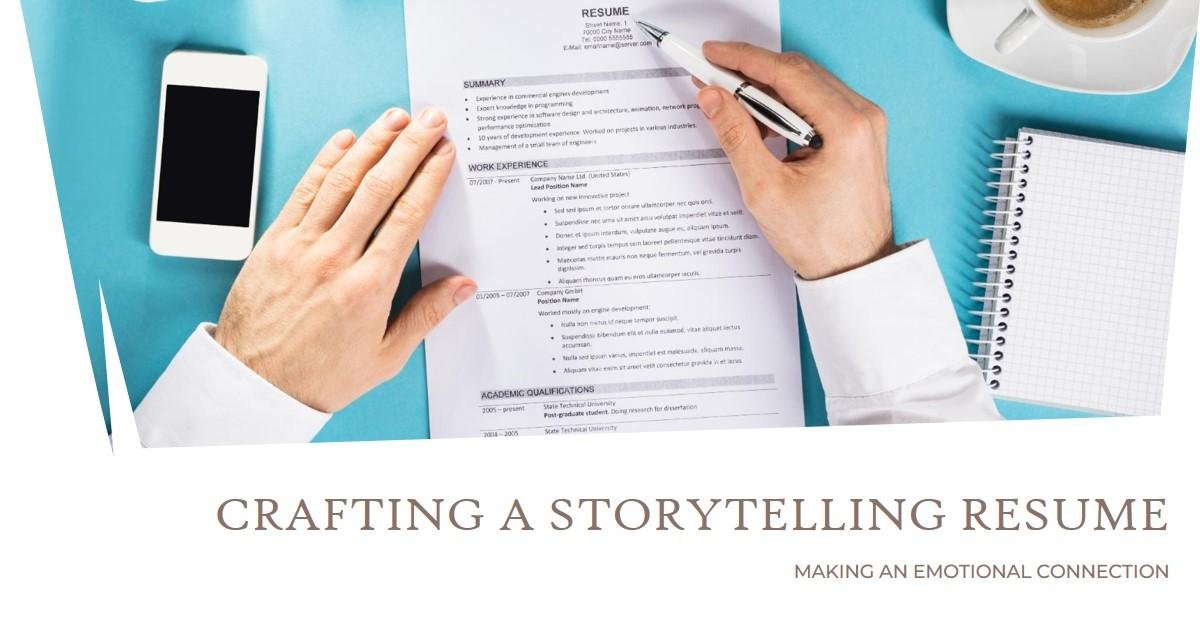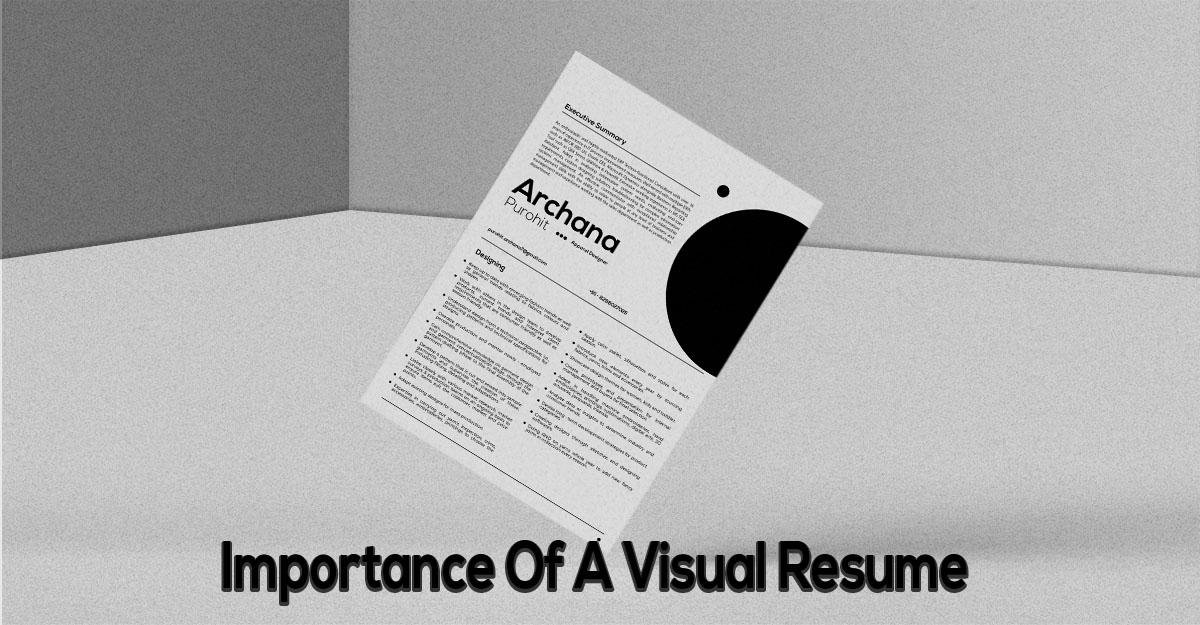Crafting Emotionally Compelling Resumes: The Art of Storytelling

In the competitive landscape of job hunting, your resume is your first and often only chance to make a lasting impression on potential employers. Beyond merely listing qualifications and experiences, crafting a compelling resume entails the art of storytelling – a powerful tool for making an emotional connection with hiring managers. In this article, we delve into the intricacies of weaving narratives within your resume to captivate, engage, and leave a lasting impact.
Understanding the Power of Storytelling
Human beings are inherently drawn to stories. They resonate with us on an emotional level, evoking empathy, connection, and understanding. When applied to resumes, storytelling transcends the conventional format of bullet points and becomes a means of showcasing your personality, values, and aspirations. By framing your professional journey as a narrative, you invite recruiters into your world, allowing them to envision you as a dynamic and multifaceted individual rather than a mere list of qualifications.
Crafting Your Narrative Arc
Every compelling story follows a narrative arc – a structure that encompasses the exposition, rising action, climax, falling action, and resolution. Similarly, your resume should unfold as a cohesive narrative, guiding the reader through your professional trajectory with clarity and purpose.
-
Exposition:
Begin by setting the stage with a brief summary or objective statement that encapsulates your career goals and aspirations. This serves as an introduction, providing context for the subsequent sections of your resume. -
Rising Action:
This is where you delve into the meat of your professional experience. Rather than listing job responsibilities in isolation, focus on highlighting key achievements, challenges overcome, and impact created. Use specific examples and quantify your achievements wherever possible to lend credibility to your narrative. -
Climax:
Zero in on the pinnacle of your career – the moment of triumph or breakthrough that best illustrates your capabilities and strengths. Whether it's a major project successfully delivered, a pivotal role in a significant initiative, or a prestigious accolade earned, this is your opportunity to shine. -
Falling Action:
Transition smoothly from the climax to the denouement by elaborating on your contributions and growth within each role. Highlight any additional skills, certifications, or experiences that enrich your professional profile and reinforce your suitability for the desired position. -
Resolution:
Conclude your resume with a strong closing statement that reinforces your value proposition and leaves a lasting impression. Express your enthusiasm for the opportunity to contribute to the prospective employer's success and extend an invitation for further dialogue.
Engaging Through Authenticity and Impact
While crafting your resume narrative, authenticity is paramount. Avoid embellishments or fabrications that may undermine your credibility in the long run. Instead, focus on showcasing your genuine passion for your field, your unique strengths, and your commitment to making a meaningful impact.
Furthermore, remember that the ultimate goal of storytelling in your resume is to elicit an emotional response from the reader – whether it's admiration for your achievements, curiosity about your journey, or excitement about the prospect of working with you. By infusing your narrative with passion, purpose, and authenticity, you create a compelling case for why you are the ideal candidate for the job.
Leveraging Emotional Intelligence
In addition to crafting a compelling narrative, it's essential to demonstrate emotional intelligence throughout your resume. This involves not only articulating your own emotions and experiences but also empathizing with the needs and perspectives of potential employers.
Consider the values, culture, and objectives of the organizations you're targeting, and tailor your narrative accordingly. Showcasing your ability to align with their mission and contribute to their success fosters a sense of connection and resonance that can set you apart from other candidates.
Bringing Your Story to Life
Finally, remember that the presentation of your resume plays a crucial role in bringing your story to life. Pay attention to formatting, design, and readability to ensure that your narrative is conveyed effectively. Use clear headings, bullet points, and concise language to facilitate easy navigation and comprehension.
Consider incorporating visual elements such as graphs, charts, or infographics to highlight key achievements or metrics. However, exercise restraint to avoid overwhelming the reader or detracting from the substance of your narrative.
Conclusion: Elevate Your Job Search with Emotional Storytelling
In conclusion, the art of storytelling is a powerful tool for making an emotional connection in your resume. By crafting a compelling narrative that showcases your authentic self, demonstrates emotional intelligence, and resonates with potential employers, you can elevate your job search and stand out in a crowded field.
At IRC Resume, we understand the importance of storytelling in creating impactful resumes that leave a lasting impression. Our team of expert writers specializes in crafting personalized narratives that capture your unique strengths and experiences, helping you land your dream job. Visit us at IRC Resume to learn more and take the next step towards advancing your career.









